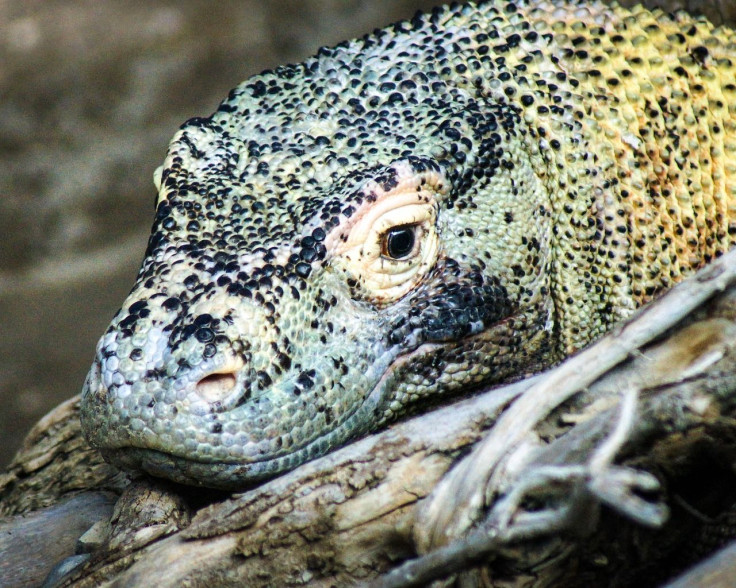Komodo Dragon Genome Reveals Speed, Endurance Of World’s Largest Lizard

The Komodo dragon can detect prey from up to 7.5 miles away. This cold-blooded creature has impressive speed and endurance with a special ability to ramp up its metabolism to mammalian-like levels.
To better understand how the DNA of the Komodo dragon contributes to its astounding characteristics, researchers sequenced the genome of the world’s largest lizard using blood samples of two Komodo dragons housed at Zoo Atlanta.
Study researcher Benoit Bruneau, the director of the Gladstone Institute of Cardiovascular Disease, and colleagues found genetic adaptations in the mitochondria that may amplify the Komodo dragon’s aerobic capacity. The mitochondria is the powerhouse of the cell that plays a crucial role in governing the function of cardiac and other muscles.
Reptiles are cold-blooded creatures so they typically lack aerobic capacity. Unlike warm blooded mammals, they easily get exhausted after physical exertion. The Komodo dragon is different from other reptiles in that it can achieve near-mammalian metabolism.
“We know from working with Komodo dragons that they're capable of sustained aerobic activity, which could be swimming, running, or walking extremely long distances," said Zoo Atlanta director of research Joseph Mendelson III, who is also involved in the research.
"Our study showed us that the secret is in these mitochondrial adaptations to increase their cardiac output. This gives us an understanding of how these animals are able to do what we had been observing."
Bruneau and colleagues also discovered adaptations in genes that control the chemical sensors involved in an advanced sensory system that allows Komodo dragons to detect hormones and pheromones. Researchers said that these adaptations may help the Komodo dragon to detect prey over long distances.
The Komodo dragon’s venom has anticoagulant compounds that prevent their prey’s blood from clotting, causing it to bleed to death. The researchers discovered adaptations in the animal’s genes involved in coagulations that cause these lizards to be immune from the venom anticoagulant.
Researchers said this protects these animals from bleeding to death when they are attacked by another of their own species.
“The extensive positive selection of genes encoding their coagulation system may reflect a selective pressure for Komodo dragons to evade the anticoagulant and hypotensive effects of the saliva of conspecifics,” Bruneau and colleagues wrote in their study.
“Further, as Komodo dragons have high blood pressure, changes to their coagulation system may reflect increased protection from vascular damage.”
The researchers published their findings in the journal Nature Ecology & Evolution.
© Copyright IBTimes 2025. All rights reserved.




















